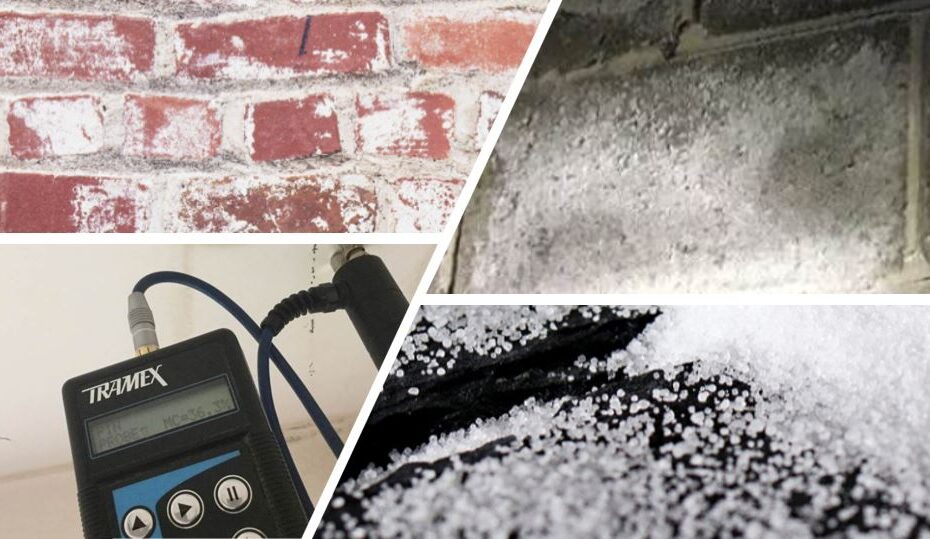What is Efflorescence?
Efflorescence can have several meetings. It’s origins come from the world of flowers and is a word used to describe the process of flowering on a plant. However, we are talking about it in the context of white, powdery substances found on a surface – such as bricks or breeze blocks.
Effectively, efflorescence is most commonly the movement of a salt through our out of a material. Although remember, it may not be actual salt, it can be other minerals or substances too. So do not assume it is simply ‘salt’. Because salts, and certain minerals, are generally very soluble in water (or other liquids), as water passes through a material it can dissolve salts. The salt-laden moisture reaches the surface and the water evaporates leaving behind the salt solution on the surface (of bricks or mortar for example), this is what is commonly known as ‘efflorescence’ but people sometimes call in ‘brick salts’ or similar.
It is not unusual to see efflorescence on fairly new built walls, properties and structures as, when a building is constructed, a lot of moisture is contained in materials used to construct, including mortar. As this dries, it can leave the residue behind, which people consider to be unsightly – more on that particular topic later.
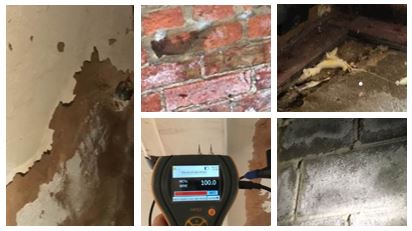
Brick Efflorescence and Water Leaks
Brick efflorescence is probably the most commonly seen in the UK. People see the white salt-like powder on their wall and wonder:
- What is it?
- What causes it?
- How do I remove efflorescence?
Well we have answered the first of those things above, and partly answered the second. We obviously now know that moisture travelling through the bricks dissolves and carries salts to the surface but the clear question is – where is the water coming from?
Clearly this is more a concern if you believe moisture is coming from the inside of a property to the outside. One of the causes for this could be a water leak, or in some instances a water leak outside but there are other circumstances too.
Efflorescence can be a sign of a water leak, rising damp or penetrating damp, so if you think you have either of these damp causes, get in touch and we can help. Clearly, when considering if your efflorescence problem is caused by a water leak you need to think about possible water sources in the vicinity (usually behind the wall), and look to see if it is localised or a wider issue not related to a water leak.
If you think you have a water leak, we are experts in leak detection and have access to a range of specialist leak detection equipment to help find the source of a leak. We also have a number of tests that we can carry out, such as salts analysis tests to understand the source of water.
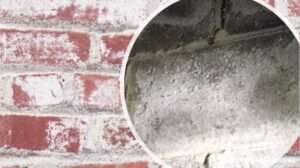
Brick Salts and Efflorescence
Of course another question the is – where does the salt actually come from that dries on the surface of the brick? Before we look at that, clearly one of the things that allows the salty water to travel through bricks is a capillary action, pores in the material or even cracks so the type of brick can have an effect.
One of the possible sources of salt deposits on bricks is the actual bricks themselves, the materials used to make bricks may contain some salts in them or have come into contact with salts too. The same applies to the mortar, and especially the sand used to make the mortar. The other thing that can happen is that the bricks come into contact with the ground where salt deposits are.
Many modern brick manufacturers and construction companies have built processes to reduce the risk of efflorescence in their construction as it can make it unsightly.
But apart from the efflorescence not looking nice, it usually isn’t considered dangerous. However, as we explained above, it can be the sign of another problem. If you are concerned about efflorescence then get help from a professional. Or, if you are able to and your house is new, speak to your builder.
For more about domestic leaks see our guide to when you have a water leak in your house.
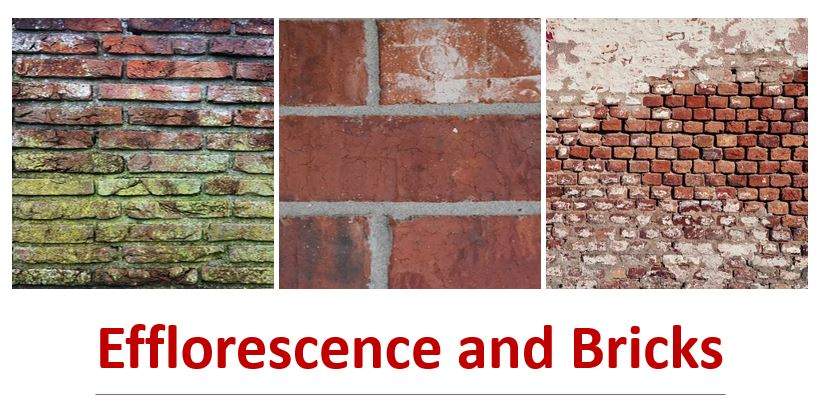
Efflorescence Removal from Bricks?
As you might expect, even if it is just for cosmetic reasons, people wonder how to remove efflorescence from their brick walls. First of all, as always, we recommend carrying out the steps of a risk assessment before carrying out any work and get professional help if you are not confident. This actually includes making sure that you are actually dealing with efflorescence, especially if it is inside a property as some mould or mold (depending on where you are from!) can look similar to it.
As with many things, there are several solutions to removing it. In some instances, if the problem is not bad, you can use a stiff brush to remove the majority of the efflorescence, it will likely not remove all of it though as it will likely be embedded in the rough surface or pores of the material it is on.
Also, you can actually purchase efflorescence remover which is often an acid-based solution (so again be careful and follow the instructions if you use it!) which is available too. Do your own research on this and read the reviews people have written to see if these products are right for you. There are so many different types for us to say whether or not they are effective.
Of course as we usually say, prevention is better than cure. So if you think you have something that is causing the efflorescence (like damp or a water leak) look to solve that as a priority, especially if the problem is particularly bad, persistent or long term. As we said previously, the scale of a problem can help to give an indication of the cause too, small or large.

On the fascinating topic of materials and how moisture and water affects them, you may find our article on silica gel packets very interesting. The science behind it is really intriguing.
If you need help with a water leak, damp, mould or condensation problems – get in touch with our team today and we will be happy to help.
What is the main cause of efflorescence?
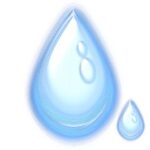
Basically, the main cause of efflorescence is when salts in the brick or mortar of a building are brought to the surface, usually visible as a ‘salty’ (bearing in mind it is not just salt!) white powder on the surface. This is sometimes expedited by water passing through the bricks too, including from drying out, leaving the effloresce behind as it evaporates.
Will efflorescence go away?

Whether or not efflorescence will go away will depend on a number of pertinent factors. Efflorescence can fade over time, especially on exposed / weathered exterior surfaces. However, this may take some time, perhaps even years. Clearly, if the efflorescence is only minor this could be quicker, especially if it is treated or cleaned off the surface.
